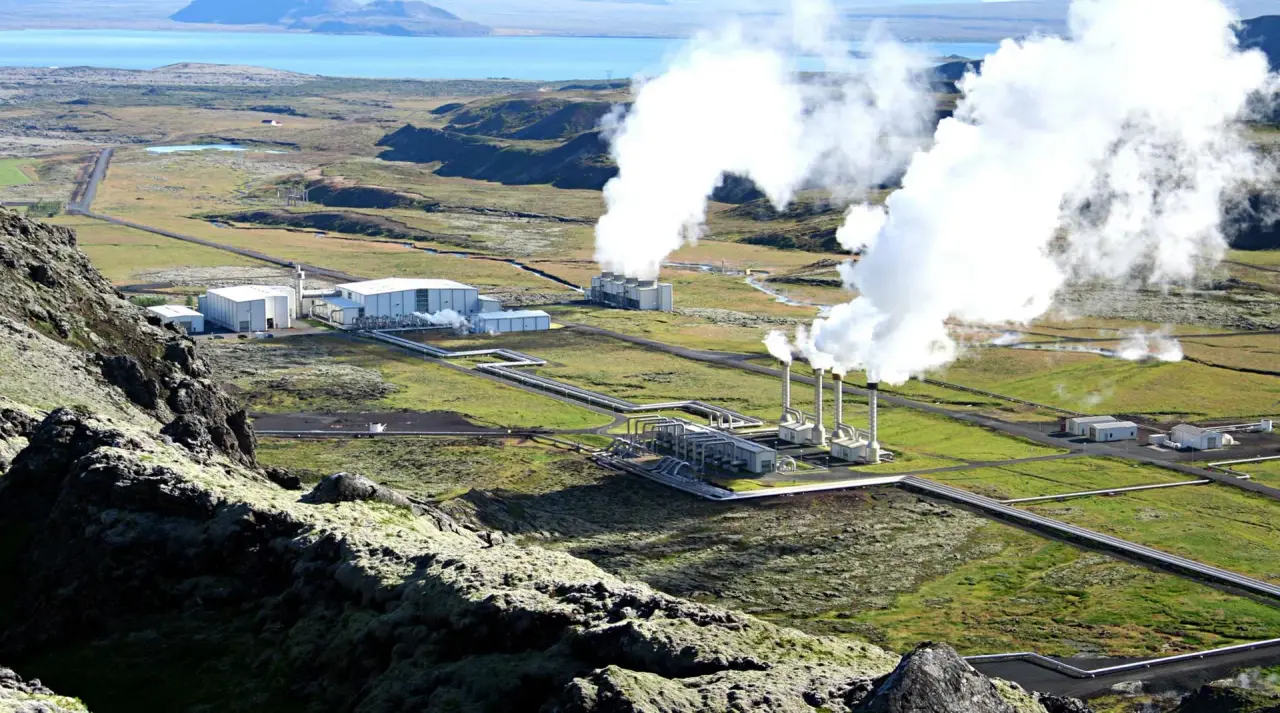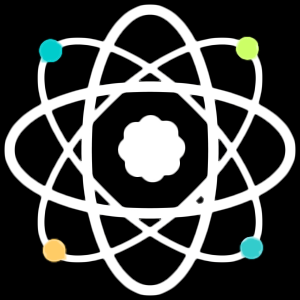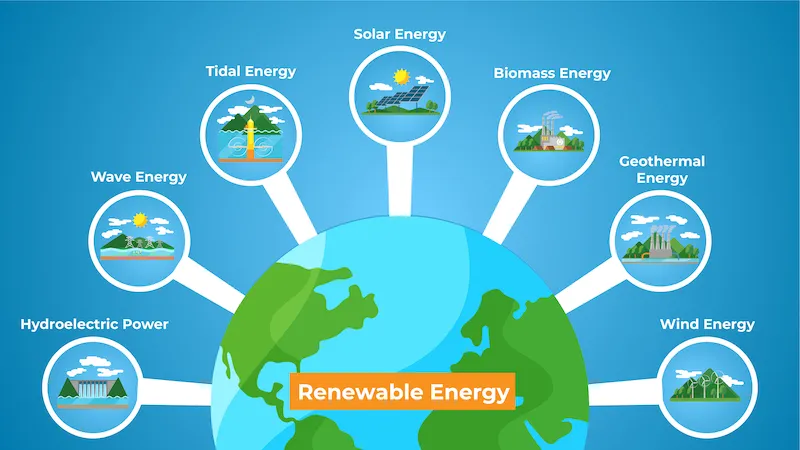The world is moving toward clean and economical vitality arrangements as the request for power and control develops. Conventional fossil fuels like coal, oil, and common gas have fueled businesses for centuries but come with an overwhelming nature that takes a toll. They contribute to climate change, contamination, and asset consumption. To differentiate, renewable vitality assets offer a feasible, eco-friendly elective. These vitality sources are actually renewed, lessening reliance on nonrenewable fills. In this article, we will investigate the distinctive types of renewable energy resources and their uses, along with their benefits in making a greener and more beneficial planet.
1. Sun-oriented Energy
Solar energy is one of the most prevalent and broadly utilized renewable energy sources. It tackles daylight through innovations such as sun-powered boards and photovoltaic cells.
Uses of Sun-Oriented Energy:
-
Electricity era for homes, businesses, and industries.
-
Solar water radiators for household and mechanical purposes.
-
Solar-powered gadgets such as road lights, lights, and chargers.
-
Agricultural applications, counting sun-powered water system pumps.
Solar control is adaptable, making it reasonable for both little families and large-scale sun-oriented ranches. With declining establishment costs and government motivating forces, it remains one of the fastest-growing renewable vitality solutions.
2. Wind Energy
Wind vitality is produced by changing over the active vitality of moving discs into power utilizing wind turbines. Wind ranches can be found on arrival (inland) or in the ocean (offshore).
Uses of Wind Energy:
-
Large-scale power generation through wind farms.
-
Rural charge in inaccessible areas.
-
Mechanical employment, such as water pumping and grain processing in conventional windmills.
Wind vitality is clean, inexhaustible, and cost-effective. It plays a key part in decreasing carbon footprints and providing renewable power to developing populations.
3. Hydropower
Hydropower, or hydroelectric vitality, tackles the constraint of streaming or falling water to produce power. It is one of the most seasoned and most dependable renewable vitality resources.
Uses of Hydropower:
-
Electricity era through expansive hydroelectric dams.
-
Small-scale hydro plants for country and off-grid communities.
-
Water administration by controlling the water system and controlling floods.
-
Recreation and fisheries, as stores frequently serve different purposes.
Hydropower remains one of the biggest donors to worldwide renewable vitality capacity, making it an imperative portion of sustainable development.
4. Biomass Energy
Biomass vitality comes from natural materials like plant squander, wood, and creature excrement. When these materials are burned or changed over into biofuels, they discharge put-away energy.
Uses of Biomass Energy:
-
Biofuels such as ethanol and biodiesel for transportation.
-
Heating and cooking fuel in provincial and urban areas.
-
Electricity era in biomass control plants.
-
Industrial employment, such as creating biogas for factories.
Biomass, as it were, not only gives renewable vitality but also makes a difference to decrease squander by reusing natural materials as usable fuel.
5. Geothermal Energy

Geothermal vitality taps into the Earth’s inside warmth, put away underneath the outside in rocks, steam, and hot water reservoirs.
Uses of Geothermal Energy:
-
Electricity era from geothermal control plants.
-
Direct warming for buildings, nurseries, and spas.
-
Industrial applications, such as nourishment drying and pasteurization.
-
District warming frameworks for whole communities.
Geothermal energy is dependable and accessible 24/7, making it an amazing renewable energy asset for locales with high geothermal activity.
6. Sea and Tidal Energy
The seas cover more than 70% of Earth’s surface, advertising colossal vitality potential. Tidal vitality tackles the development of tides, whereas wave vitality utilizes the drive of surface waves.
Uses of Sea Energy:
-
Electricity era through tidal turbines and wave converters.
-
Desalination of seawater, giving new water.
-
Marine route and signaling fueled by ocean-based devices.
Though still in the early stages of advancement, sea vitality has tremendous potential as innovation advances.
Benefits of Renewable Vitality Resources
Shifting to renewable vitality gives numerous natural, financial, and social benefits:
-
Reduces nursery gas outflows, making a difference in battling climate change.
-
Promotes vitality autonomy, diminishing dependence on imported fuels.
-
Provides long-term reserve funds, as assets like daylight and wind are free.
-
Creates occupations in clean vitality industries.
-
Supports economical improvement, guaranteeing assets for future generations.
Challenges in Renewable Energy Adoption
While renewable energy has colossal potential, certain challenges exist:
-
High starting speculation costs for infrastructure.
-
Intermittency issues with sun-based and wind energy.
-
Geographic confinements, as not all districts can tackle all sorts of renewable energy.
-
Storage and transmission challenges requiring advanced innovation like batteries and keen grids.
Overcoming these challenges with advancement and bolstering approach will quicken the move to a clean, vital future.
Read More:- Creative Strategies for Energy Sustainability
Conclusion
Understanding the types of renewable energy resources and their uses is vital as the world looks to adjust vitality requests with natural security. Sun-oriented wind, hydropower, biomass, geothermal, and sea vitality all contribute to an economical future. By embracing these clean vitality assets, social orders can diminish reliance on fossil powers, cut carbon emanations, and make eco-friendly development openings. The move toward renewable vitality is not a fair and natural need but, moreover, a financial and social opportunity for a more advantageous planet.

